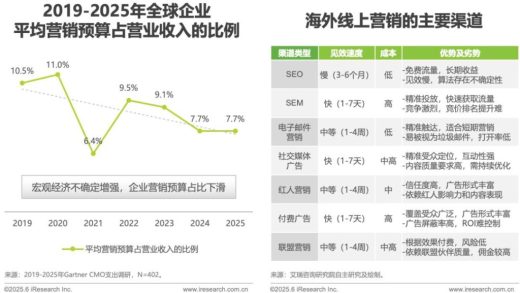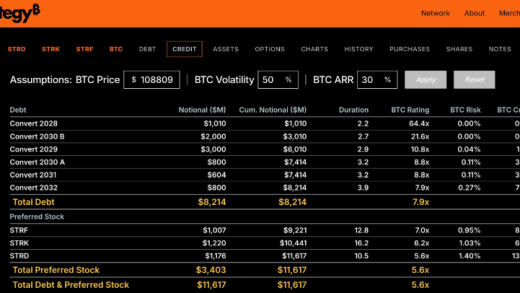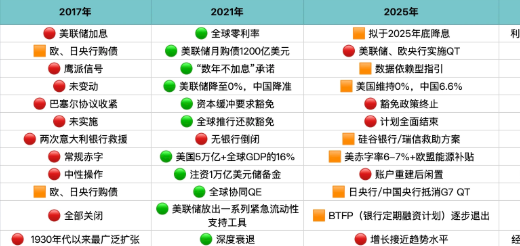1. Industry Risk Analysis
(1) Policy Risk
The current policy risks faced by the underwater robot industry are concentrated in the stages of policy implementation and adjustment: The industry’s technology involves sensitive scenarios in multiple fields such as underwater operations and ocean exploration. At the policy implementation level, technical standards may be tightened suddenly due to national security or environmental protection requirements (e.g., compliance of data collection, restrictions on operation scope), resulting in increased pressure on rapid product iteration. During the policy adjustment stage, the industry may face international technology blockades or upgraded import – export controls (e.g., core components being included in the export control list), which directly impacts the stability of the supply chain. At the same time, differences in the regulatory scales of various countries regarding marine resource development (e.g., the complication of the approval process for sea area use rights) may delay the commercialization process and increase the trial – and – error costs for market access. Entrepreneurs need to focus on the dynamic changes in the technical compliance certification system and geopolitical policy risks.
(2) Economic Risk
The underwater robot industry is currently facing a double squeeze on demand and financing due to economic cyclical fluctuations. During an economic downturn, enterprise and government clients may cut non – essential budgets for exploration and detection, leading to a contraction in the order volume. The industry has high R & D investment and a long payback period. If the economy is in a stagflation or recession stage, the risk – aversion sentiment of capital will intensify the difficulty of financing. Coupled with the impact of commodity price fluctuations on supply chain costs, the cash flow of small and medium – sized start – up enterprises is under pressure, and they face the difficult problem of balancing technology iteration and market expansion.
(3) Social Risk
The underwater robot industry faces the risk of generational consumption断层. The young consumer group pays more attention to the intelligent and entertainment – social attributes, but the high R & D cost of products makes it difficult to match the pricing with their purchasing power. The middle – aged consumer group has the purchasing power but has strict requirements for the professional performance and practicality of products. The increase in technical thresholds exacerbates the contradiction between supply and demand. The elderly consumer group’s consumption awareness still remains at traditional diving equipment, with low acceptance of intelligent products and safety concerns, resulting in a sharp increase in market education costs. At the same time, the brand loyalty of Generation Z users is generally lower than the product iteration speed, intensifying the contradiction between the enterprise’s continuous R & D investment and short – term returns.
(4) Legal Risk
The legal risks in the underwater robot industry are concentrated in the R & D, production, and operation links: In the R & D link, there are infringement disputes caused by insufficient patent layout. If the technology of core components infringes existing patents, high – amount compensation may be faced. In the production link, it is necessary to comply with the mandatory certification standards for underwater equipment at home and abroad (e.g., CE, ISO quality systems). Non – compliance in material selection or manufacturing processes will trigger product liability risks. In the operation link, data collection in underwater operations may violate the “Personal Information Protection Law” and cross – border data transmission rules. Especially in the applications in marine scientific research and military fields, there are disputes over data sovereignty. International business also needs to adapt to the different export control regulations for underwater robots in various countries. For example, technologies related to deep – sea exploration may be included in the list of sensitive technology exports.
2. Entrepreneurship Guide
(1) Suggestions on Entrepreneurial Opportunities
Currently, entrepreneurs in the underwater robot industry can focus on developing low – cost modular solutions. According to the needs of small and medium – sized marine engineering and environmental protection enterprises, they can provide lightweight detection robots that can be deployed quickly. They can combine AI vision algorithms to enter the niche scenario of aquaculture inspection to meet the rigid needs of automated feeding and disease monitoring. They can develop an open hardware platform compatible with third – party sensors to attract scientific research institutions and the geek community to build an ecosystem. They can explore emerging markets in Southeast Asia and Latin America, and reduce the procurement threshold for overseas customers through the “equipment leasing + data service” model.
(2) Suggestions on Entrepreneurial Resources
In the underwater robot industry, entrepreneurs should first integrate the technical resources of universities and scientific research institutions to obtain core algorithm patents, jointly build a domestic supply chain for components with precision manufacturing enterprises, and carry out practical tests in application scenarios relying on marine engineering companies. They can use the policies of local marine economic demonstration zones to obtain support for sites and test waters, connect with ship funds and capital in the underwater equipment industry to complete the first – round financing. They can quickly enter the special procurement catalog through military qualification affiliation. At the consumer end, they can cooperate with diving clubs to establish an experiential marketing channel, and focus on recruiting a composite team with experience in underwater mechatronics and connections in the marine industry.
(3) Suggestions on Entrepreneurial Teams
Entrepreneurial teams in the underwater robot industry need to recruit interdisciplinary members with experience in underwater engineering, intelligent control systems, and marine application scenarios first. The founder needs to lead the construction of three types of closed – loop capabilities: technology R & D (mechanical structure/sensor algorithm), industry solutions (fishery/scientific research/military), and supply chain management (pressure – resistant materials/mass – production processes). The efficiency of team collaboration should be verified quickly through the project system, and a dynamic incentive mechanism of 20% core member shareholding + option pool should be established. At least one middle – or high – level manager with resources from military or marine scientific research institutions should be introduced to strengthen the ability of government – enterprise cooperation and scenario implementation.
(4) Suggestions on Entrepreneurial Risks
Entrepreneurs in the underwater robot industry should first focus on core technology verification and compliance layout. Before mass production, they should collect performance data through small – scale underwater scenario tests and optimize reliability. At the same time, they should apply for international certifications (e.g., CE, DNV) and underwater operation permits. They need to establish a modular supply chain system, disperse core components such as thrusters and sensors to 2 – 3 alternative suppliers, and reserve a 6 – month safety stock of key components. In market expansion, a hybrid model of “equipment leasing + service subscription” should be adopted to reduce the initial investment threshold for customers. They should focus on connecting with B – end users such as marine scientific research institutions and offshore wind power operation and maintenance enterprises to sign annual service framework agreements. A special fund for technology iteration (not less than 15% of revenue) should be set up, and reverse analysis of competitors should be carried out quarterly to ensure that the leading cycle of product generations is maintained at 12 – 18 months.





